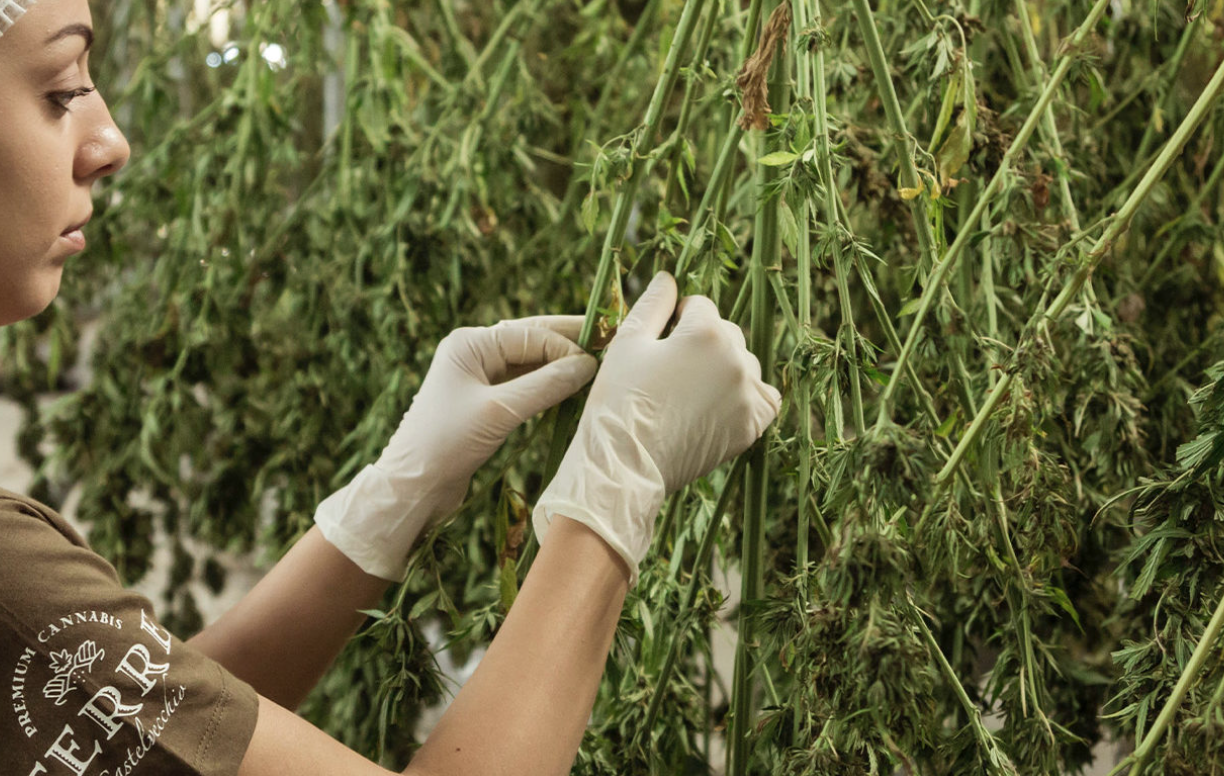Cannabis has been long considered to be the core that is “green” and connected to eco-friendly activism. But, as legalization for recreational and medicinal use picks up momentum across the globe, Monga Bay reports that the concerns are increasing about the environmental impact of this new industry that’s emerging out of the darkness that was its illegal past.

The illegal and legal cannabis marketplaces are accountable for environmental damages at varying levels, according to experts. This damage could contribute to environmental pressures that threaten the Earth’s safe operations. The main concern is the effects on freshwater sources and biodiversity threats as well as changes in land use and the potential for massive emissions in CO2, which are causing ever-worsening climate changes.
Cannabis is the world’s most highly preferred drug that’s consumed by around 200 million people every year, the United Nations Office on Drugs and Crime (UNODC) reports. Many nations have passed legislation that legalizes the use of cannabis.
Stateside, 18 states have legalized cannabis for adult use, and 38 states have legalized it for medical purposes. Malta was the first European nation to completely legalize cannabis and Germany is expected to follow soon. It’s possible that this will have ripple effects throughout Europe.
The “green rush” is and has been a boost to economies. Within the U.S., legal cannabis is predicted to bring in upwards of $43 billion by 2025. However, at this point, illicit cultivation operations continue to prosper, with a massive $65 billion in value in 2020 alone.
Anthony Silvaggio, an environmental sociologist at Humboldt State University, says that the environmental damage caused by cannabis cultivation is attributed to police policies and the cannabis plant’s historical status as a crop that’s prohibited. In California, for instance, enforcement and eradication efforts forced growers to move further into more remote, ecologically fragile regions.
Recently, Silvaggio highlighted the controversy over the adoption of the state’s Proposition 64, which legalized the cultivation and use of cannabis for adults within the state. This is how he illustrates the way the law encourages unintentional environmental damage.
However, the controversial removal of a 1 acre (0.4-hectare) limitation on legal farm sizes incorporated into Proposition 64 has resulted in a “green rush,” enticing large-scale farmers to dominate a large portion of the industry.
This, along with the obstacles to obtaining permits and gaining access to the legal market in California has led to an explosion in non-permitted cultivation. Ultimately, this has led to undesirable environmental impacts like the use of pesticides and water diverting.

